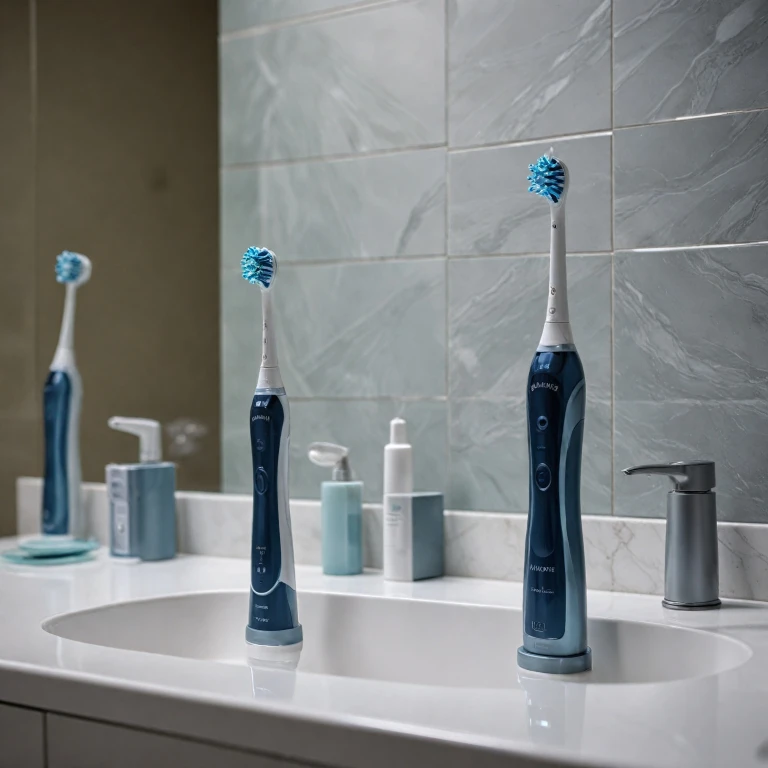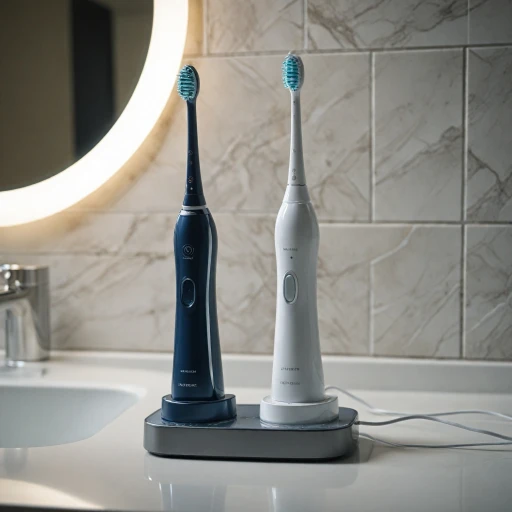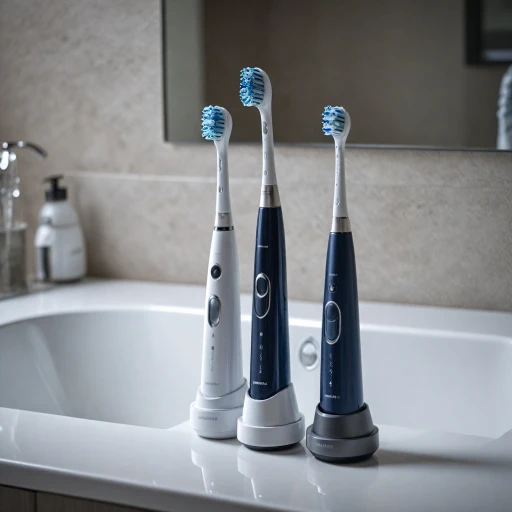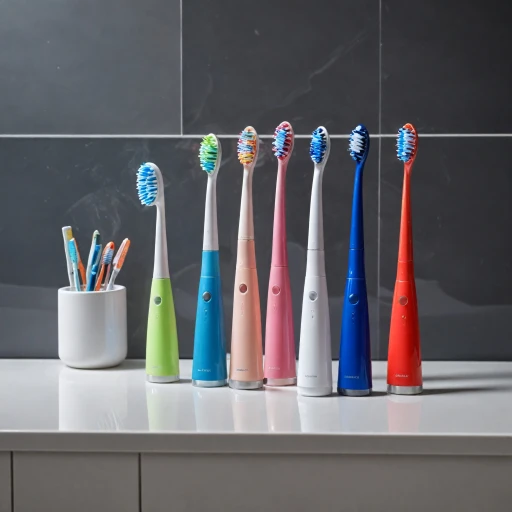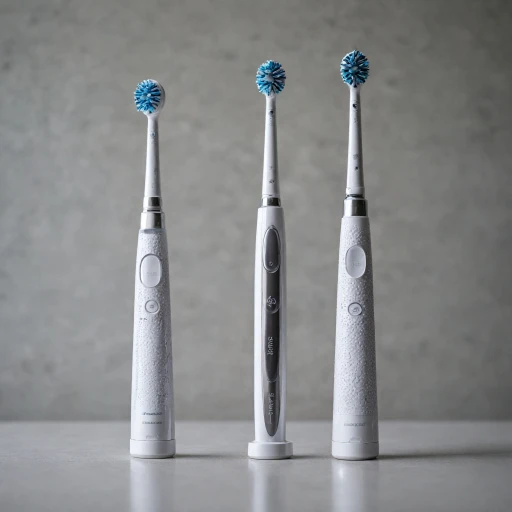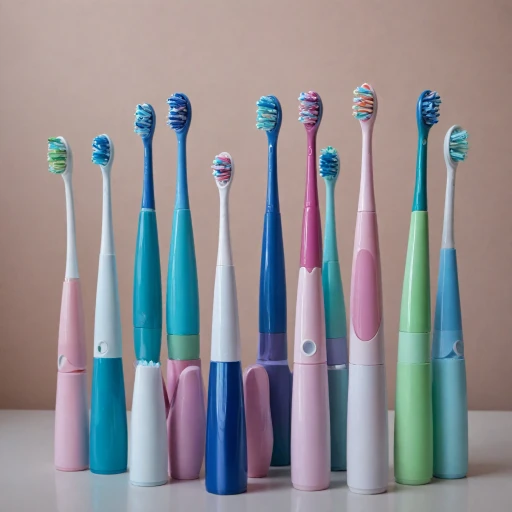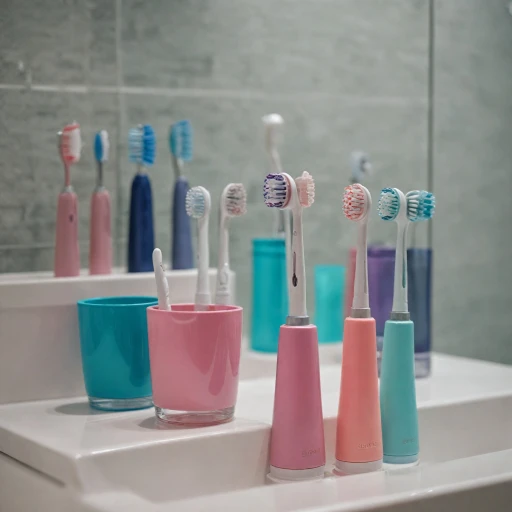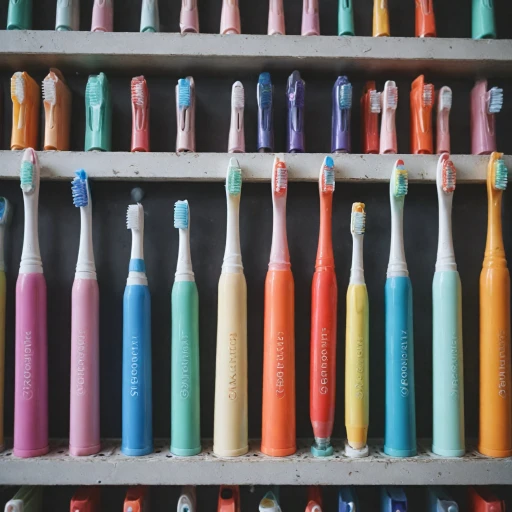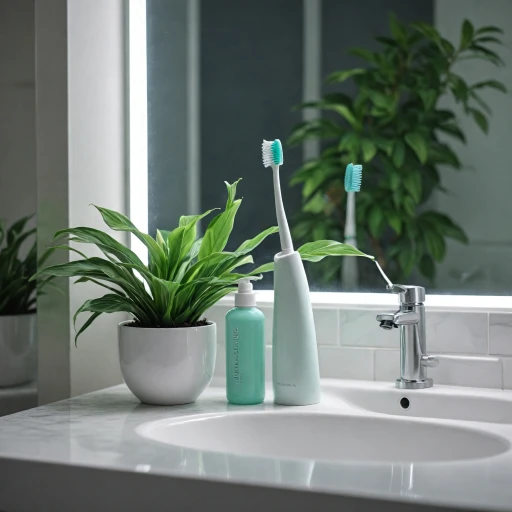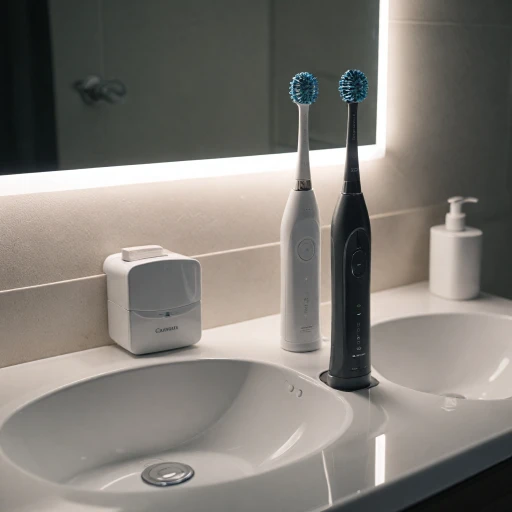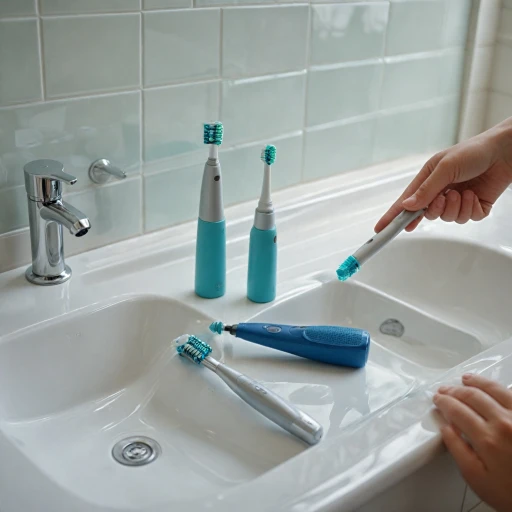
Understanding Electric Toothbrush Technology
Delving into the Mechanics of Electric Toothbrushes
Electric toothbrushes have gained significant attention in recent years, and for good reason. Understanding how these devices work delves deeper into the benefits that they may offer over traditional manual toothbrushes. At their core, electric toothbrushes are powered by rechargeable batteries that drive the motor responsible for the brush's movement. This motorized function is an essential aspect contributing to their efficacy in promoting oral health and plaque reduction. In comparison, manual toothbrushes rely solely on the user's brushing motion. The addition of power in electric toothbrushes introduces a dynamic motion, which can include oscillating, vibrating, or rotating brush heads. These motions are designed to enhance plaque removal and ensure a more thorough cleaning of the teeth surfaces and around the gums. Electric toothbrushing technology also introduces timed brushing sessions, encouraging users to maintain the recommended two minutes for optimal cleaning. Some powered toothbrushes even feature built-in pressure sensors to prevent excessive force that could damage teeth and gums. For individuals curious about the practical advantages of such advanced features, exploring the benefits of using an electric teeth cleaner can provide additional insights. By grasping the technological nuances of electric toothbrushes, users can make more informed decisions about their oral hygiene practices, optimizing dental health outcomes in the process.Comparing Cleaning Efficiency
Examining Cleaning Ability
When it comes to maintaining optimal oral health, understanding the differences in cleaning efficiency between manual and electric toothbrushes is crucial. Many studies provide insights into how these toothbrushes handle the task of removing plaque and ensuring good oral hygiene.
Electric toothbrushes, particularly powered toothbrushes, have been shown to be better at plaque reduction compared to their manual counterparts. This effectiveness stems from their advanced technology, like oscillating-rotating and sonic movements, which enhance the brushing process. These powered brushes offer consistent power and pressure that many individuals cannot achieve with manual brushes.
A meta-analysis of various studies suggested that using an electric toothbrush resulted in a significant reduction of plaque over a period of three months. For the average user, this translates to improved dental health and a reduced risk of gum diseases, which are often linked to inadequate plaque removal. For a detailed look at the effectiveness of these devices, check out this resource on making the case for electric toothbrushes.
Moreover, the design of the brush head plays an essential role in the cleaning efficiency of electric toothbrushes. Powered brushes often feature compact and rounded brush heads, allowing them to reach difficult areas in the mouth easily, providing a more thorough brush and ensuring your teeth and gums are as healthy as possible.
Benefits of Using Electric Toothbrushes
The Advantages of Incorporating Electric Toothbrushes into Your Routine
Making the transition from a manual toothbrush to an electric one offers several advantages that can enhance your oral health routine. Powered toothbrushes are designed to provide a superior clean that many find more effective than manual brushes.
- Improved Plaque Reduction: A comprehensive review of studies suggests that electric toothbrushes are more effective at plaque removal, with some studies indicating up to a 21% greater reduction in plaque compared to manual toothbrushes. This is particularly noticeable when used consistently over a three-month period.
- Enhanced Brushing Techniques: Electric toothbrushes come with built-in timers and pressure sensors, promoting better brushing habits. This ensures that users brush for the dentist-recommended two minutes and apply appropriate pressure without risking gum damage.
- Better Oral Health Outcomes: The oscillating and rotating brush heads of powered brushes can contribute to better gum health. A meta-analysis on oral hygiene products showed significant improvement in gum health markers with regular use of electric toothbrushes compared to manual ones.
- Customizable Options: With a variety of brush heads and modes, electric toothbrushes can cater to specific dental needs, such as sensitive teeth or gum massage. Understanding the battery life and features of these devices is crucial for making an informed choice.
While the investment in an electric brush might be higher initially, many users find that the benefits to their dental health and ease of use make it a worthwhile addition to their brushing routine. Powered brushes are particularly recommended for those looking to optimize their oral hygiene efforts.
Potential Drawbacks and Considerations
Weighing the Cons
While electric toothbrushes offer remarkable improvements in dental health, some potential drawbacks should be considered before making the switch from manual toothbrushes. Though these powered brushes are designed to enhance oral hygiene with better plaque removal and gum care, certain aspects may deter some users.
- Cost: Electric toothbrushes typically cost more upfront compared to manual options. Additionally, replacement brush heads add ongoing expenses to the equation.
- Size and Portability: Due to their technological components, powered toothbrushes are generally bulkier and can be less convenient for travel than their manual counterparts.
- Battery Life and Charging: Unlike manual brushes, powered brushes require regular charging or battery replacements. This can be inconvenient, especially for users who travel frequently or lack consistent access to power outlets.
- User Comfort and Ease: Some individuals may find electric toothbrushes difficult to adjust to, particularly those with sensitive teeth or gums. Additionally, the vibration and movement might not be comfortable for everyone.
- Environmental Impact: The electronic components and replacement heads create additional waste, posing an environmental consideration compared to the simplicity of traditional manual toothbrushes.
Ultimately, the decision to opt for an electric toothbrush involves considering both its impressive benefits and these potential drawbacks. By examining personal preferences and lifestyle factors, users can make informed choices regarding which toothbrush best suits their oral health needs.
User Experience and Accessibility
User Experience Insights
When evaluating the use of powered toothbrushes, it becomes evident that user experience plays a crucial role in their effectiveness and appeal. Electric toothbrushes offer a range of features that can enhance brushing routines. The usability of an electric toothbrush is often highlighted by its intuitive functionality. Many powered brushes come equipped with timers, encouraging users to maintain dentist-recommended brushing duration. This feature alone has been linked to improved oral hygiene over time. Additionally, pressure sensors can alert users if they are applying too much force, helping to protect teeth and gums from potential damage. Size and comfort of the toothbrush handle are also notable factors. Electric toothbrushes are generally designed with ergonomic grips, making them easier to hold, particularly for individuals with limited manual dexterity. This can contribute to a more thorough cleaning experience, as users can maneuver the brush more efficiently within the mouth. For individuals seeking convenience, the rechargeable nature of most electric toothbrushes eliminates the need for constant battery changes, though battery life can vary significantly across models. Some users may find the portability of manual toothbrushes advantageous, but the consistent power of electric options often yields better plaque removal results, as established in various studies. Overall, the powered nature of these toothbrushes, combined with their user-friendly features, makes them a compelling choice for many aiming to bolster their oral health routines. However, personal preferences and specific dental needs should ultimately guide the decision between electric and manual brushes.Choosing the Right Electric Toothbrush
Finding the Ideal Electric Toothbrush for Your Needs
Choosing the best electric toothbrush is crucial to maximizing dental health. This process involves considering different factors and understanding how they influence your oral hygiene routine. The specifics of your situation, whether it's the size of your mouth or sensitivity of your gums, can dictate the type of powered toothbrush you should opt for.- Brush Head Size and Bristle Type: Smaller brush heads might be more suitable for maneuvering around tighter spaces, especially if you have a smaller mouth or more complicated dental work. Soft bristles are typically recommended for those with sensitive teeth or gums, ensuring less abrasion while still effective in plaque reduction.
- Powered Features: Electric toothbrushes come equipped with various features such as timers, pressure sensors, and different modes (e.g., whitening, sensitive) which can enhance brushing efficiency and tailor to specific oral health needs. These features might be especially beneficial when compared to manual toothbrushes, which lack such advancements.
- Battery Life and Charging Options: Consider the frequency of use and the convenience factor. Some electric toothbrushes offer rechargeable options with longer battery life, while others might require frequent battery replacement. This might affect the ease of incorporating powered brushing into your routine.
- User Reviews and Dental Recommendations: Prior to making a purchase, consult dental professionals and reviews by other users. Many experts offer insights into powered brushes that might align better with your oral hygiene goals. Studying these reviews can provide you with a clearer understanding of which models have proven effective in clinical trials for plaque removal and gum health.
